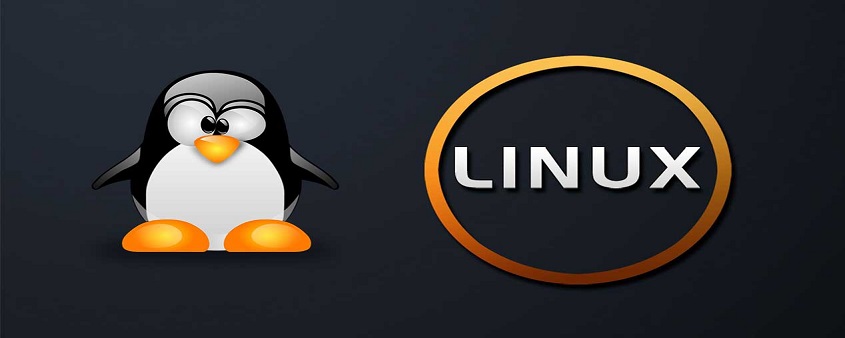Home >Operation and Maintenance >Linux Operation and Maintenance >What is Linux
What is Linux
- 云罗郡主Original
- 2018-11-26 14:02:2938505browse
Linux is a stable operating system and supports a variety of processors. The Linux operating system can be transferred freely. Linux is a two-part operating system based on POSIX and UNIX; Linux mainly runs UNIX software and other applications. Program, currently Linux can support 32-bit and 64-bit operating hardware.

#The operating environment of this article: linux5.9.8 system, Dell G3 computer.
Now most operating systems are Windows, and many PCs are based on Windows systems, but many people have heard of Linux, so what is Linux? Let's summarize what Linux is?
What is Linux?
Linux is a stable operating system and supports a variety of processors. The Linux operating system can be transferred freely. Linux is a two-part operating system based on POSIX and UNIX. Linux mainly runs UNIX software and other applications. Currently, Linux can support 32-bit and 64-bit operating hardware and is a free operating system. Many Android systems and servers now use Linux operating systems.
What are the features of Linux?
1.Linux is completely free software
2.Linux can run multi-user and multi-tasking
3.Linux has a good interface
4.Linux is compatible with POSIX1.0 standard
5.Linux can support multiple platforms for operation
What are the advantages and disadvantages of Linux?
Compared with other operating systems, the biggest advantage of Linux is that it is more secure. Nowadays, many hackers use Windows as their target, and there are not many processes in the background. The response is faster, but now many programs do not Great for Linux distributions, as the library continues to grow, many of which rely on Valve's SteamOS platform.
The above is a complete introduction to what Linux is. If you want to know more about Linux Tutorial, please pay attention to the php Chinese website.
The above is the detailed content of What is Linux. For more information, please follow other related articles on the PHP Chinese website!

